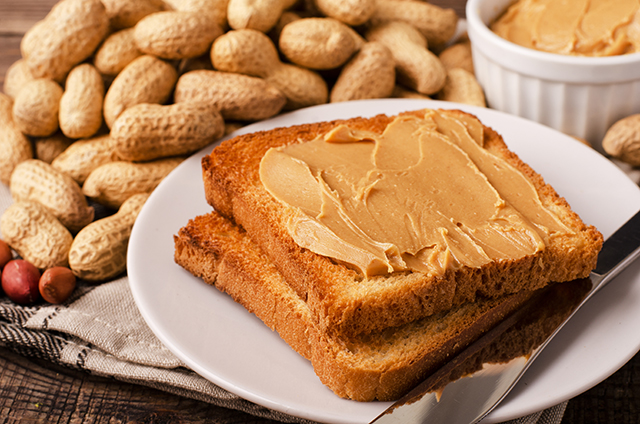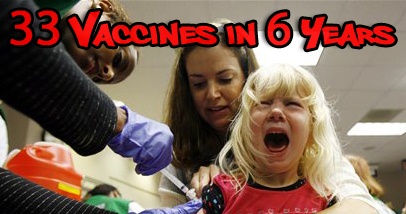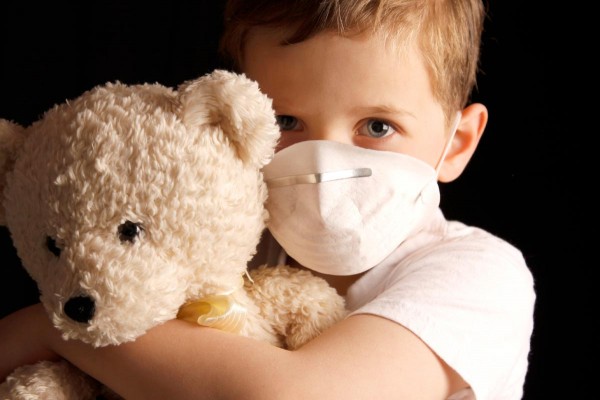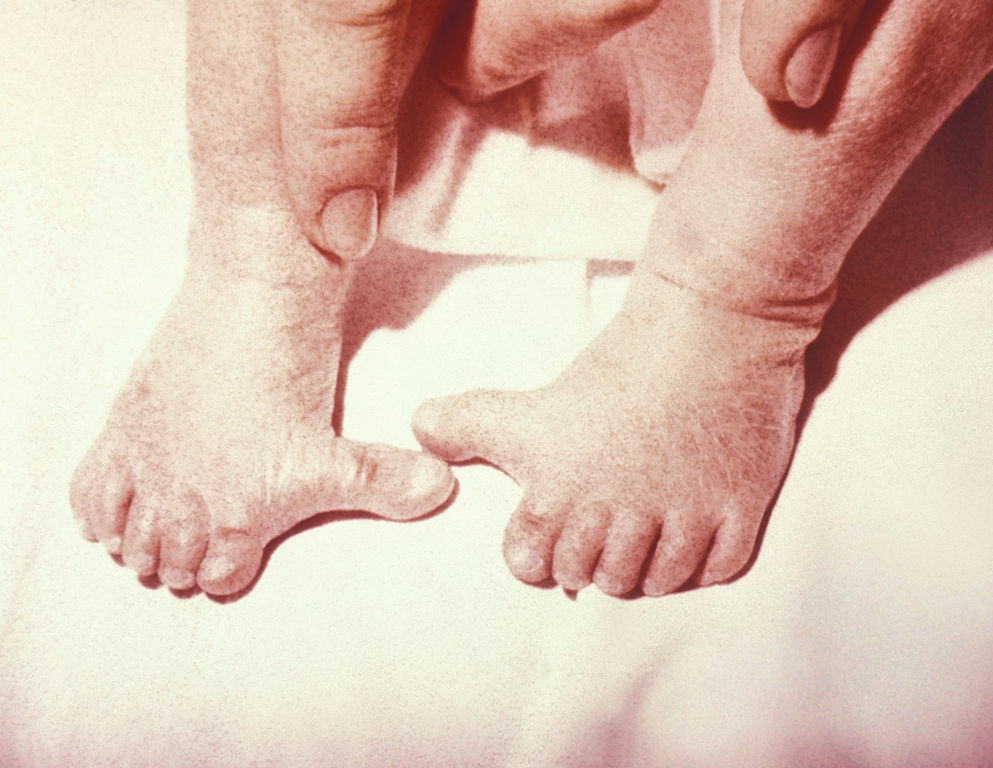Childhood obesity skyrocketing across America, and Big Pharma can’t wait for future wave of patients needing drugs for everything
10/17/2017 / By Isabelle Z.

Parents lead their children by example, and today’s youth are suffering in a big way because of their poor role models. America has an obesity epidemic, with more than a third of adults now falling into this category. Therefore, it’s hardly surprising that childhood obesity is also skyrocketing given the bad example many parents are setting for their little ones. In fact, a new study shows that the number of obese kids and teens is a remarkable ten times higher than it was just 40 years ago, with the number of obese kids around the world reaching 124 million.
After analyzing data from 2,400 studies tracking the height and weight of 32 million kids between the ages of 5 and 19, it was estimated that 50 million girls and 74 million boys across the planet are obese. Poor nutrition and insufficient exercise were cited in the study as reasons for the problem.
Being obese isn’t just bad for kids’ health; it can also cause psychological and social problems for them. Obese kids may get bullied or suffer from low self-esteem, and it can also affect their performance in school.
Next generation of antidepressant, statin, and diabetes drug customers
It can also spur the early onset of problems like diabetes, heart disease and cancer, which is awfully convenient from Big Pharma’s point of view. In fact, obese children are good for business as far as they’re concerned, ensuring a future pool of patients who will be likely to buy their drugs to deal with the myriad health issues that being overweight causes.
Obese kids are more likely to suffer from depression, according to the CDC, so there will be a steady stream of future customers who they might be able to convince that expensive antidepressants are worth taking. When those drugs fail to work and cause side effects, they’ll be able to sell them even more drugs that might help counter those effects. They’ll also be able to sell more diabetes drugs to this group, whose parents were likely obese themselves and failed to set a good example and show them what a big difference eating healthy and exercising can make.
Childhood obesity could even have a negative impact on our military, with one nonprofit warning that 70 percent of teens in Colorado are ineligible for military service, largely because of their weight. Being overweight means potential recruits would be unable to keep up with the rest of the group, costing lives on the battlefield and putting fellow soldiers at risk.
With more than one out of every five young Americans being obese, a serious change is needed. In addition to an unhealthy diet and a lack of exercise, the World Health Organization said that the low price of unhealthy food compared to more nutritious alternatives was a big part of the problem.
Parents need to take responsibility for their kids’ weight
Parents need to take a more proactive approach when it comes to keeping their children at a healthy weight. It might be tempting for today’s overworked, frazzled parents to park their kids in front of the TV or a tablet while they get housework done, but the few minutes of peace this might buy you in the short term will almost certainly cause problems in the long run.
Parents need to be encouraging their kids to spend time outdoors and be more active, whether it’s by joining a sports team, dancing to their favorite songs, or simply walking around the neighborhood. They also need to prepare healthy meals. Those who are on a tight budget aren’t stuck buying cheap, unhealthy processed foods; they could try growing their own fruits and vegetables, for example, and making a fun family project out of it, which would have the added benefit of getting kids outside into the vitamin D-boosting sunshine and fresh air.
Yes, it requires a greater effort and most of us are already pressed for time, but it’s a worthwhile investment into your child’s future and longevity that will pay off in spades throughout their lifetime as they avoid many of the health issues and dangerous medications that their overweight peers will be subjected to.
Sources include:
Tagged Under: Big Pharma, childhood obesity, diabetes, diet, exercise, obesity, obesity epidemic, overweight kids, unhealthy lifestyle




















